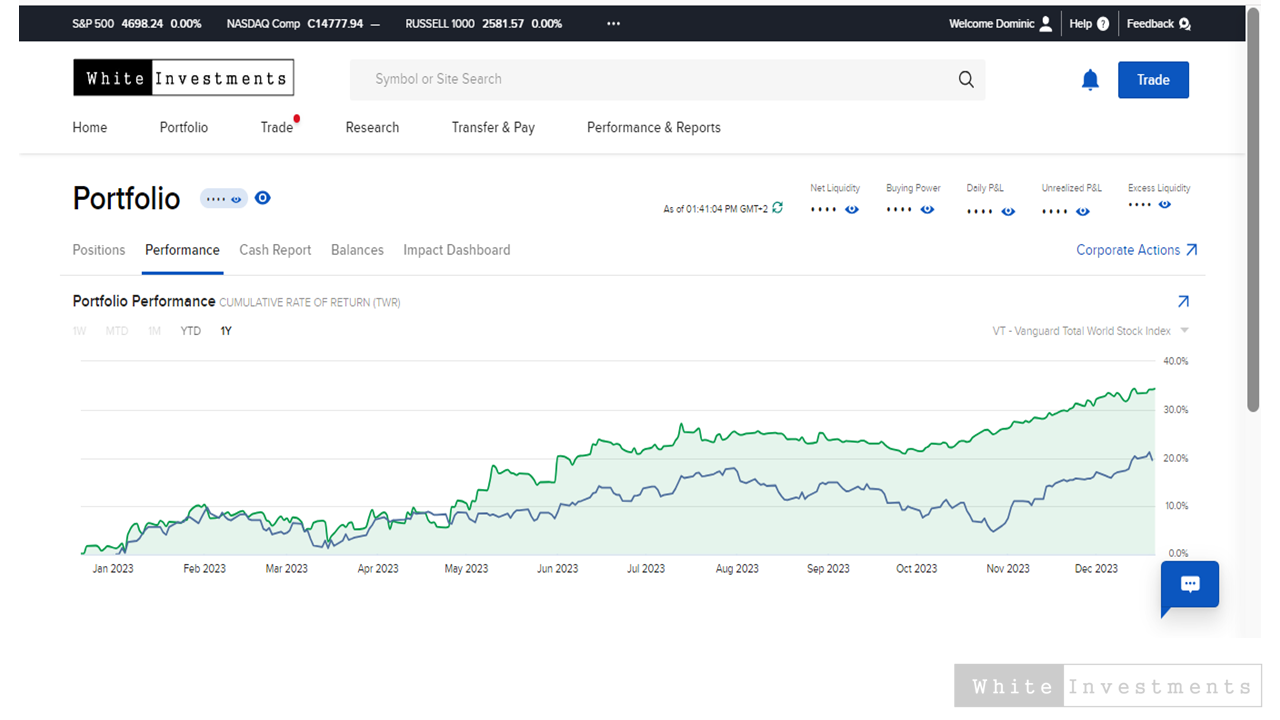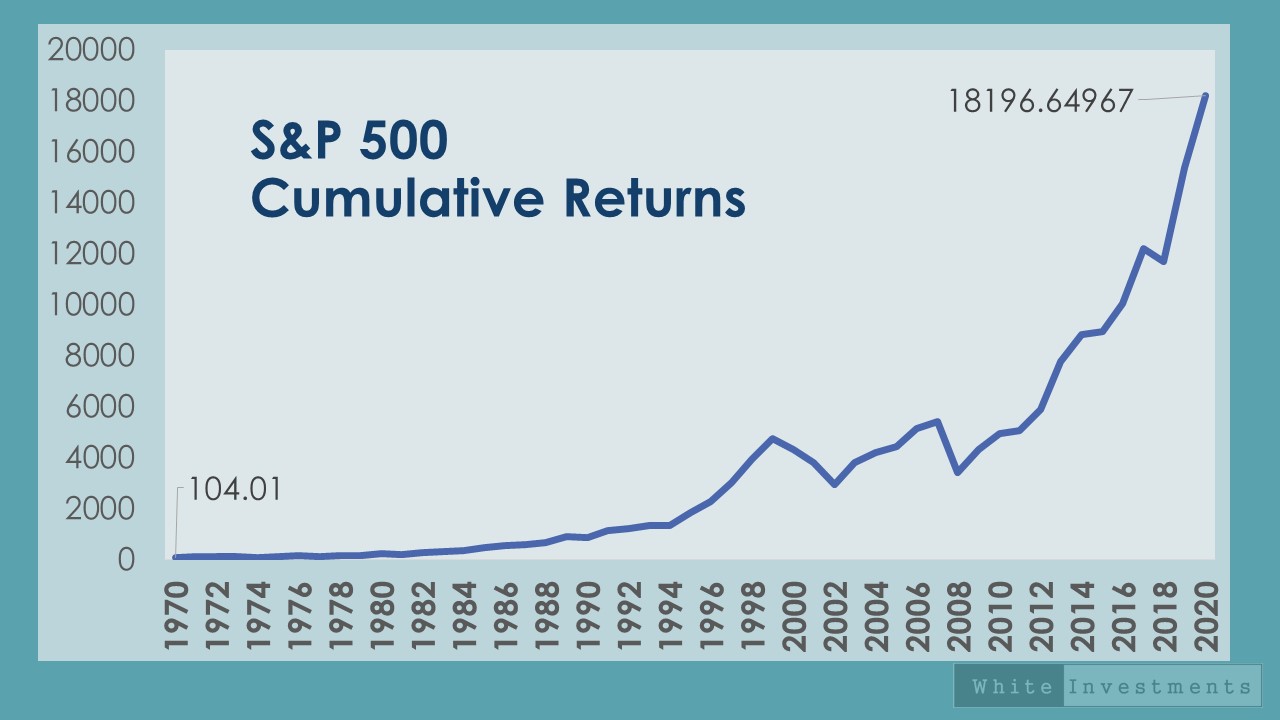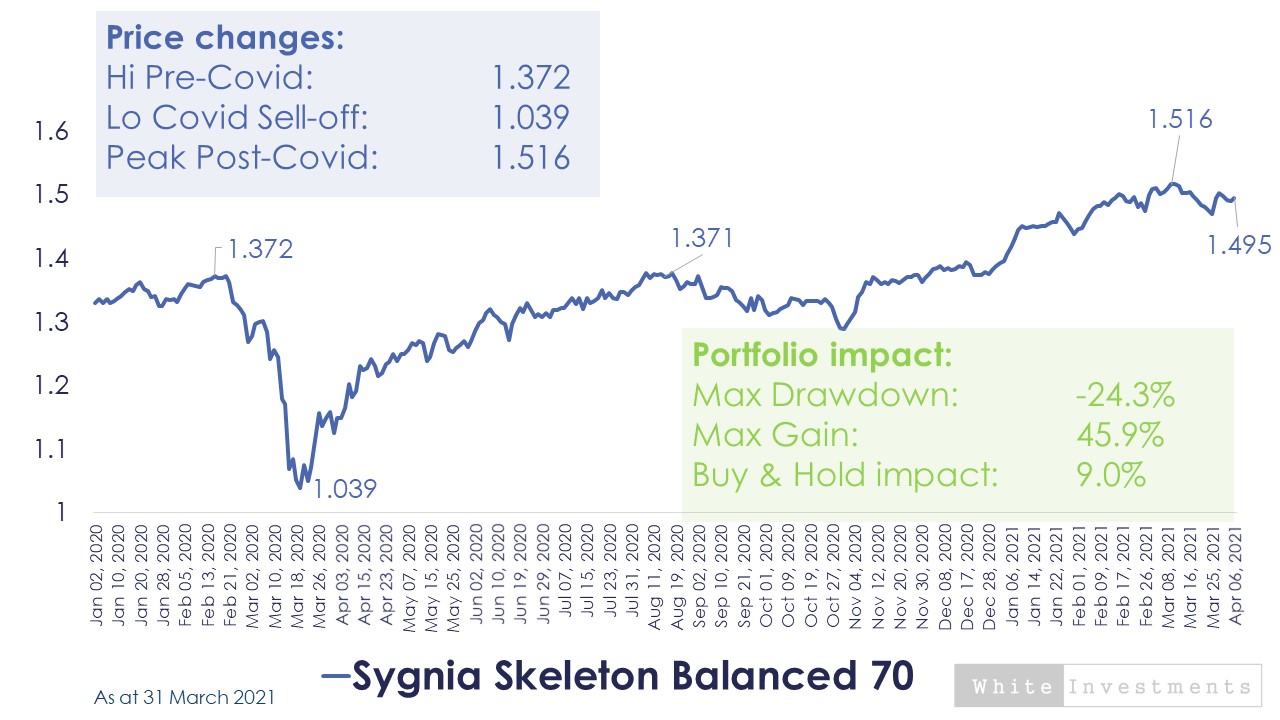
Whether you know it or not, if you have a proper investment plan in place you have made (or hired someone else to make on your behalf) some rather large assumptions about the future.
One of the first steps towards saving and investing for a future goal is to have an idea of what that future goal will cost at the point in time when we need to pay for it. From this point we can determine:
– how much we will need to contribute,
– how much we will need to earn (investment returns) on our contributions
– and what type of investments we will need to purchase to give us the best chance of achieving our goals.
In financial parlance we get to the answers to all of these questions through a process called financial modelling – A financial model is a tool designed to help quantify future goals and better quantify what we need to do to get there. A financial model will also provide a framework against which we can measure our progress over time.
Since no one has the ability to accurately predict the future we have to make some assumptions or educated guesses about certain future outcomes that go into the model.
Herein lies the greatest risk and weakness of a financial model – You can get it to tell you pretty much anything you want to hear based on the assumptions that you choose to use.
The quality of the inputs directly correlate to the quality of the outputs – In other words what you put in is what you get out so it’s a good idea not to use rubbish assumptions.
Whether you use a financial advisor, a robo-advisor or have gone the full DIY route you should be aware of and understand what assumptions your plan is using when projecting your future financial outcomes.
A more sound knowledge of these factors should allow you to create plans with outcomes which are likely to be more accurate and therefore beneficial to you long-term. You should also be in a position to identify when sales people are merely using pie in the sky assumptions to flog more product.
With a few working examples we hope to shed some light on two of the more common areas of modelling risk that are likely to impact on your investment plan.
In our working example let’s assume my goal is to pay for my 8-month old son’s high school education. I would like him to attend a reputable non-private boarding school – The 2016 fees for this institution (tuition & boarding) is R95,000 per year for Grade 8-12.
What I really want to know is what I need to be putting away monthly now in order to have the full fees available by the time he starts his Grade 8 year, which incidentally will be the year he turns 14 (2030).
The two most important assumptions I have to make involve:
(i) Inflation
(ii) Investment Returns
Inflation – I need to know at what pace the 2016 fee likely to increase over the next 14 years?
Of course inflation is not something that is in my control – The school will set their own fee adjustments annually and can range anywhere from 7.5% up to 12% in my experience.
Inflation increases costs at a compound rate so I have got to understand that over a 14 year period seemingly small differences in percentage terms can actually have a massive impact on the quantum of my end goal.

So if I assume an increase of 6% then my Grade 8 cost in 2030 is about R215,000 or a total high school cost of R1,211,000.
But if in reality the cost of my chosen school rises by 9% per year then the Grade 8 cost will in fact be R317,500. The total high school cost at this rate would be R1,900,000.
Feeding that through to my original question of how much I must be putting away monthly to get to my target it becomes clear if I use 6% in my financial model, I will need to put away about R2,700 per month. But if I used a more realistic 9% increase, I will need to put away R4,200 per month (Both assume a 12.5% annual average return).
Using a 6% increase is therefore more manageable monthly but I will be about R700,000 short of the real target if I follow through with this assumption.
Investment Returns – What pace can I reasonably expect my savings to grow at over the next 14 years?
The rate of return that I assume I will receive on my invested contributions will similarly impact on the amount I need to be putting away.
The investment return assumption I input into my model must crucially be on an after fee basis to reflect a more genuine actual rate of compounding. For example, if equity markets are expected to deliver 14% per year then each percentage point of fees that I pay to various parties will serve to reduce my actual returns and therefore increase the amount I will need to contribute on a monthly basis. 1
The actual returns I receive will depend on market conditions and the mix of assets that I use with my portfolio or my asset allocation.
For the purposes of this illustration I will use three levels of returns, which will somewhat clumsily fit into the definition of low, medium and high risk as per the conventional naming methodology. 2
So for the low risk option let us assume a pure cash play with a return of 7%.
For a medium risk portfolio we will use the average return of the medium equity fund group over 15 years, which as at end of March 2016 was 14.0%.
For high risk we’ll use the average return of the FTSE JSE All Share index over 15 years less 0.5% which is around 16%.
At each level of assumed returns my required contribution amounts look like this:

What is evident is that safety and consistency of returns comes at a price.
– If you want to invest in a low risk fixed return portfolio you will simply have to contribute more to get to your target.
– If you opt for a high risk portfolio then you will need to be clear upfront that your portfolio is going to fluctuate in value quite considerably throughout the life of your investment and there is no guarantee of the final return.
Finally to sum up the message here and to give the clearest illustration of how you can get a model to tell you what you want to hear I have compiled the best and worst case outputs.
Best case – The Product Floggers model
Inflation at 6% and investment returns at 15.5%

A product flogger wants to sell more product and can make the goal easier to achieve and therefore more attractive to potential buyers by using the best case scenario assumptions. It is not illegal, it may perhaps not even be considered strictly unethical BUT it is most certainly not going to help their clients to actually reach their goals.
Worst case – The Haters model
Inflation is 11% and investment returns are 7%

There are haters out there of course. Those that have previously had bad experiences in the investment market or perhaps have been sold a product floggers model before and feel somewhat aggrieved by the fact that it was doomed to fail from the start. They want to prove that planning and investing is for the birds and so they use the worst combination of inflation and investment returns to make their case.
The truth is the actual outcome will fall somewhere in between the best and worst case. The exact degree is unknown and unforecastable hence the need for assumptions. Financial targeting is necessary but one needs to monitor and know how to adjust the solution if the assumptions prove wayward.
1As discussed in previous write ups, one can make a strong case for arguing that cash is a high risk investment option over the long-term in that it very rarely maintains your purchasing power.
2Taxation will in reality also serve to reduce the real returns that you achieve on your investments but I have not included this discussion here as it get’s a little more complicated and long winded while the message remains the same. We need to understand what the real returns are after fee’s, taxation and all other costs.











